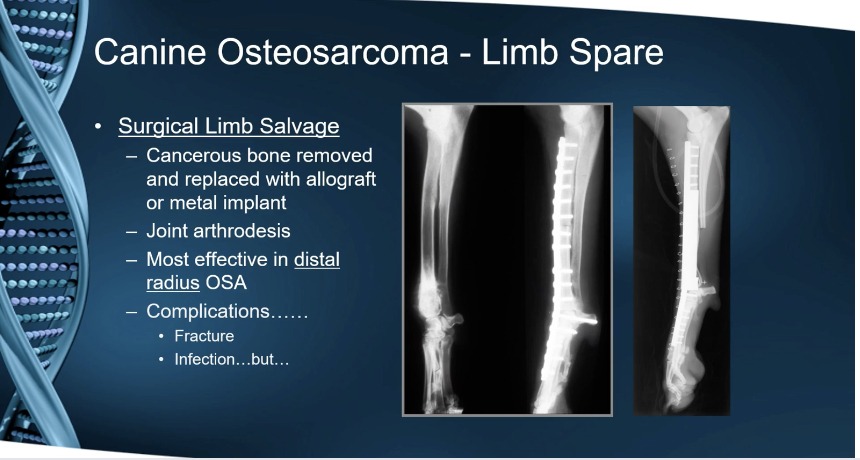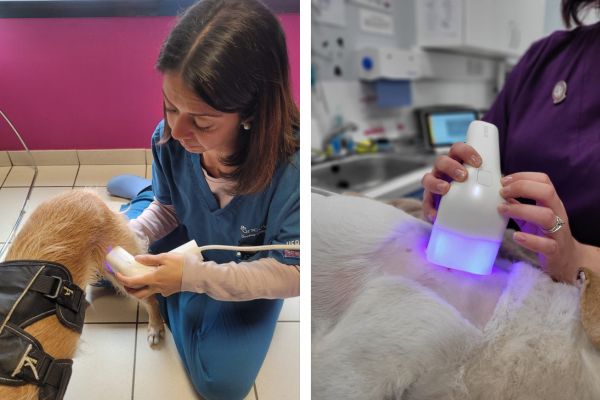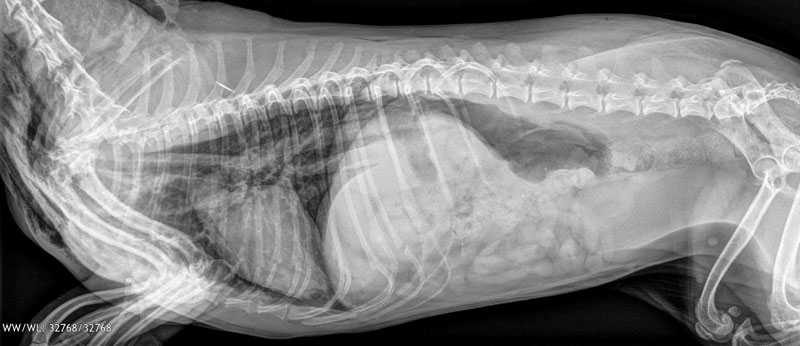Knowledge of feline pain management has grown greatly in the past decade. The availability of new pain scoring systems, and novel analgesic drugs and techniques allows the constant improvement of feline pain management.
Pain assessment
Effective pain management can only be achieved and maintained when the signs of pain can be assessed accurately and reliably.1 Assessment is the foundation of pain management and can ultimately impact animal health and welfare. Pain assessment provides information regarding the severity of the condition. In addition, appropriate pain assessment is critical for guiding treatment decisions (i.e. choice of drugs, doses, and intervals of administration). It also allows practitioners, clinicians, and researchers to monitor the time course of the pain disorder and assess treatment effects, thus adapting it accordingly.
Pain in cats is commonly undertreated, due to numerous factors, including challenges in its recognition and assessment, fear of adverse effects (this misconception is particularly linked to opioid analgesics), lack of specific training in the subject, and limited availability of reliable instruments for pain assessment (i.e. validated pain scales).2–4 Assessing pain in cats has always been deemed difficult due to their discrete nature and subtle expression of pain, especially in a clinical setting where pain may be aggravated by the stress caused by hospitalization.
Recently, there has been an increased focus on determining and measuring specific pain-related behaviors in cats.5,6Behaviors such as facial grimacing and guarding may indicate pain, as well as an increase or decrease in vocalizations, display of aggressive behaviors, hiding or escape behavior, changes in routine behavior patterns (i.e. grooming, sleeping), avoiding use of a limb and/or licking the painful region, changes in appetite, and in mental status.7,8 These methods have been successfully applied with a wide range of pain conditions.











